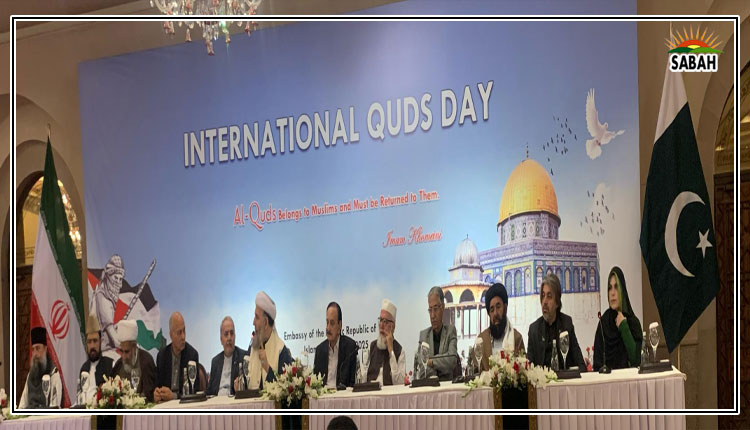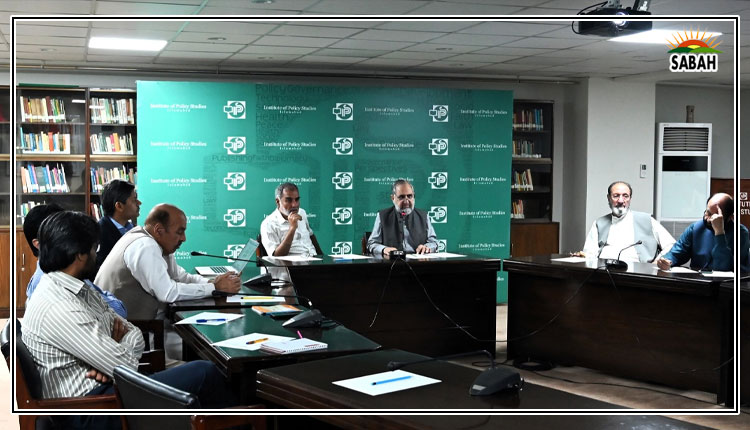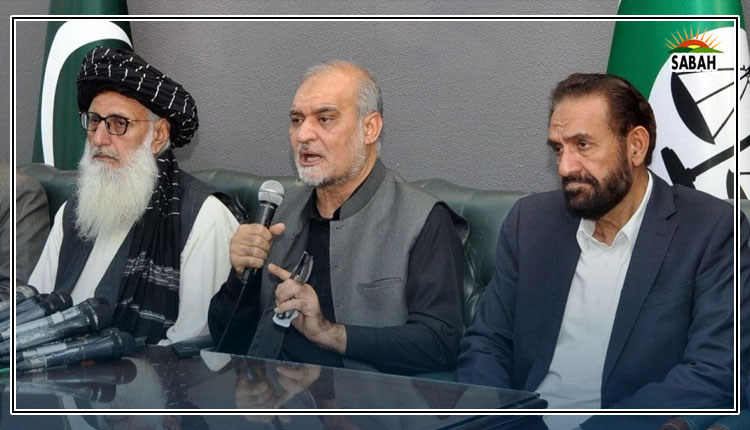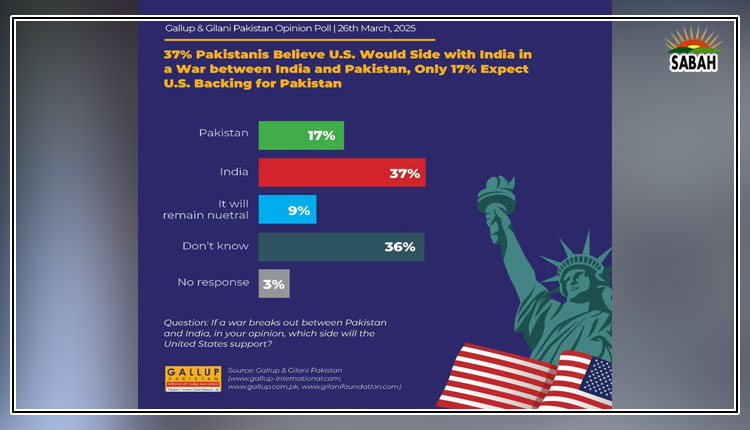Emerging climate risks & IMF…Ali Tauqeer Sheikh
THERE is no bigger threat to Pakistans macroeconomic and financial stability than climate shocks. Around this time last year, we were hit by floods costing $30 billion that have derailed economic growth and development. This sad fact was not lost on the International Monetary Fund (IMF).
It has now integrated climate risks as a touchstone in all its lending operations. The staff-level Stand-by Agreement (SBA) with Pakistan is no exception, even if it is not always publicly recognised.
The key conditions of SBA include doing away with heavy subsidies on energy, strengthening public debt sustainability, implementing a market-based exchange rate system, increasing tax revenue, improving governance and reducing corruption, reforms in the energy sector and, finally, climate resilience.
The last one of these commitments seems innocuous, perhaps out of place. In reality, this will potentially pose a very serious threat to the compliance and adherence of other areas of action. The dark clouds of the monsoons have already begun to gather on the horizon.
Climate change was, however, discussed during the 2021 Article IV Consultation with Pakistan whereby, for the first time, climate change was identified as a priority area for IMFs surveillance activities.
While the IMF and World Bank, two Bretton Woods institutions, are under increasing heat to reform and respond to the climate crisis, the IMF has moved rather quickly. Upon assuming office in October 2019, Kristalina Georgieva acknowledged the centrality of climate change for the Funds work: The criticality of addressing climate change for financial stability, for making sure that we can have sustainable growth, is so very clear and proven today, that no institution, no individual can step away from the responsibility to act. Soon thereafter, the Resilience and Sustainability Trust was established in April 2022, as a pillar of the IMFs lending toolkit. RST provides longer-term concessional financing to vulnerable middle-income countries like Pakistan to address longer-term climate and other risks. It was probably through this window that IMF fast-tracked the release of $1 billion following the monstrous floods last year.
The IMF has steadily taken up climate risks as an integral part of its lending considerations.
While the recipient countries like Pakistan may have been slow to embed climate change in their policies, the IMF has steadily taken up climate risks as an integral part of its lending considerations. For IMF, climate risks have become macro-critical that undermine macroeconomic and financial stability.
By integrating climate risks into its lending frameworks, it has begun to systematically address the risk in vulnerable countries and economies. IMF is now hardly constrained by its mandate to address climate risks.
For Pakistan, and several other countries, it is poised to become a significant institution in the fight against climatic changes, particularly since IMF has recast all three major pillars of its mandate.
First, Article IV Consultations by IMF is a regular feature of country-level assessments. In the past, it only covered fiscal, monetary, and exchange rate policies but now it has developed tools to assess the macro-fiscal risks of climate shocks and the climate implications for macroeconomic stability.
The following three climate risks are reportedly covered: i) physical risks such as climate-triggered disasters and their impact on infrastructure, ii) transition risks, such as mitigation-and adaptation-related policy changes that could affect economic sectors particularly fossil fuel industries, renewables, and transportation, and iii) financial risks such as the exposure of financial institutions and investors to climate-related risks.
Concurrently, IMF has begun to take a closer interest in carbon trading and carbon pricing for debt swaps for climate. IMF also proposes an international carbon price floor arrangement to complement the Paris Agreement.
Second, Financial Sector Assessment helps the IMF identify potential vulnerabilities and risks and make informed policy decisions. It has been a tool jointly used with the World Bank since 1999 for assessment of the stability and soundness of a countrys financial sector.
FSA now integrates climate-related financial stability challenges. In order to further strengthen its policy interventions, the IMF is now more active than ever before in the Network for Greening the Financial System, a network of 114 central banks that aims to accelerate the scaling up of green finance.
It develops recommendations for a climate-smart role for central banks. The State Bank of Pakistan is also a member, and in recent years, it has moved to promote green banking and align its policies with global sustainable finance policies.
Since climate risks vary from country to country based on the specific country context, it is imperative for Pakistan to begin to engage with IMF at the staff levels to avoid any arbitrariness and help them make informed policy decisions.
Third, since the IMF is a data-driven organisation like no other, it has begun to collect its own datasets for IMFs flagship Climate Change Indicators Dashboard, bringing together climate-related data needed for macroeconomic and financial policy analysis.
The IMF uses climate-related datasets to help its members address the climate challenges for which fiscal and macroeconomic policies are an important component of the appropriate policy response. The datasets are also used to manage climate risks by integrating its macro data on growth, employment, inflation, balance-of-payments, and fiscal deficit with carbon intensity and vulnerability to climate shocks. Carbon intensity is a measure of the amount of CO2 emissions associated with particular activities or products, including the carbon footprint of its loans, carbon taxes, emissions-trading systems, or fuel excise taxes. It has thus become important for policymakers in Pakistan to clearly communicate the rationale for reform to IMF on an ongoing basis.
In all, climate resilience and economic stability are strongly linked. Clearly, the countries that are more resilient to the impacts of climate change are more likely to have stable economies.
Pakistan needs to aim for several climate resilience measures that will also contribute to economic stability. The IMF has implemented several policies to link macroeconomic stability with climate change in its lending but, the critics have argued, it still has to learn to tailor policy advice to national contexts, and respond at scale in climatic catastrophes. After all, debt and climate have become intertwined.
The writer is an expert on climate change and development.
Courtesy Dawn, July 13th, 2023












